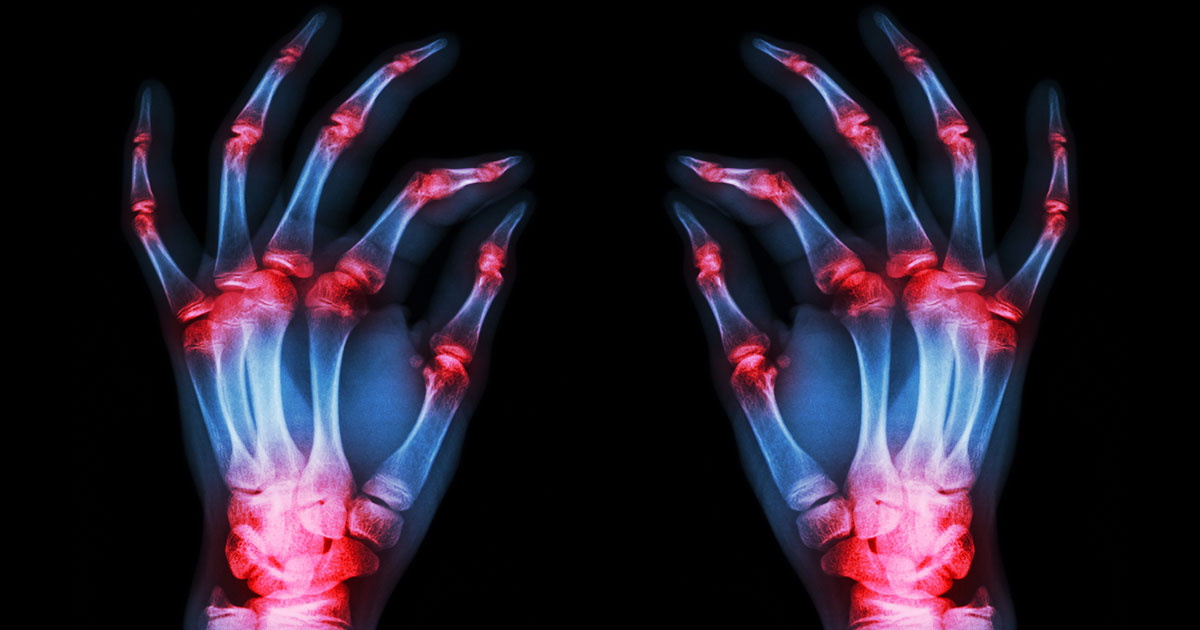Important Symptoms, Stages And Treatment For Lyme Disease
The Three Stages Of Lyme Disease

There are three stages of Lyme disease that progress quite quickly. The first stage is within the early few days after infection and is the easiest time to treat the illness. As the disease progresses to the second stage, usually within days or weeks after the initial infection, the symptoms become worse, and the infection spreads. When the Lyme disease reaches its third and last stage within months to years after the infection, it is called chronic Lyme. Chronic Lyme disease can result in symptoms like neurological illnesses like paralysis and can affect hormone production.
Stage Three: Chronic Lyme Disease

Stage three of Lyme disease is also known as chronic Lyme disease (CLD), which is the last and most dangerous stage of the disease. It can have much worse symptoms that can damage the joints, nerves, and brain. Symptoms at stage three may include chronic Lyme arthritis, which causes recurring episodes of swelling, redness and fluid buildup that can affect joints for up to six months at a time. Other symptoms of CDL include numbness and tingling in the hands, feet, or back; fatigue; problems with memory, mood, or sleep, and heart complications.
